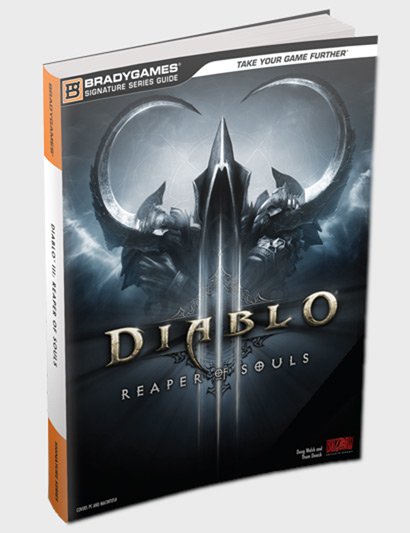User experience on the main path–get it or get lost
The background for this post:
Recently I got an email from a startup founder about a service that they are offering. It so happened that this service matched something that I was actually considering doing, so I was very happy to try it out. I registered, and on two separate occasions I attempted to use the service for its intended purpose. I wasn’t able to do that. I got some errors, and I’m not sure if it was data validation or plain errors.
After getting in touch with the founder in question, he pointed me to the guide which (presumably) had step by step instructions on how to get things working. I commented that this shouldn’t be this hard and got a reply that this is just the way it is, anywhere, not just with this service. It was at that point that I gave up on the service entirely.
A few things to note, this is a web based service (and I intentionally not revealing which one) that is supposed to allow collaboration in one –> many scenarios. I was trying to use it as a publisher.
This experience jarred me, for a very simple reason. It shouldn’t be this hard. And sending a user that just want to get their feet wet to the guide is a really bad mistake. You can see the funnel on the right, and anyone that is familiar with customer acquisition will recognize the problem.
Basically, the process of getting a new user begins when they are just looking at your software, and you want to lead them in without any jarring. Any hurdle in their path is going to cause some of them to leave, probably never to return. So you want to make damn sure that you have as little friction to the process as you can.
 In this case, I was trying to use a service for the purpose it was intended to. And I was just bogged down with a lot of details that had to be completed before I could even test out the service.
In this case, I was trying to use a service for the purpose it was intended to. And I was just bogged down with a lot of details that had to be completed before I could even test out the service.
In days of old, games used to come with a guide that told you about how to actually play the game. I remember going over the Red Alert and Diablo guides with great excitement while the games were installing.
Then the games makers noticed that no one was reading those guides, and new gamers run into problems playing the games even though they were clearly documented in the guide.
The solution was to stop using guides. Instead, the games started incorporating several initial levels as tutorial, to make sure that gamers actually learned all about the game while playing the game.
It is a great way to reduce the friction of playing, and it ensured a smooth transition from no idea how to play the game to ready to spend a lot of time blowing pixels up.
Taking this back to the realm of non gaming software, you really have to identify a few core paths that users are likely to walk down into when using your software, and then you are going to stream line pretty much everything along their path to make sure that they don’t hit any friction.
It means asking the user to do as little work as possible, choosing defaults for them (until they care enough to change those), having dedicated UI to lead them to the “Wow, this is amazing!” moments. Only after you actually gained enough positive experience with the users can you actually require them to do some work.
And note that by do some work, I’m talking about anything from setting up the logo for the publisher to selecting what categories the data will go on. By work, I’m talking about anything that is holding up the user from doing the major thing that they are on their site for.
If you don’t do that, then you are going to end up with narrower funnel, and the end result is that you’ll have fewer users. Not because you service is inferior, or your software sucks. Simply because you failed to prove to the user that you are actually worth the time investment in give you a fair shoot.
| Reference: | User experience on the main path–get it or get lost from our NCG partner Oren Eini at the Ayende @ Rahien blog. |


